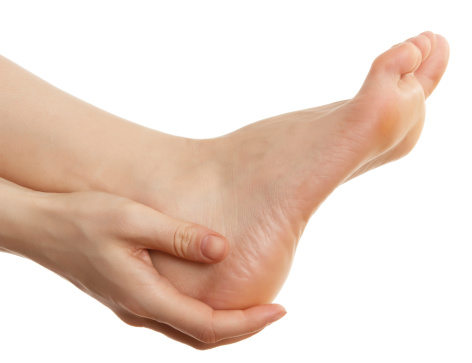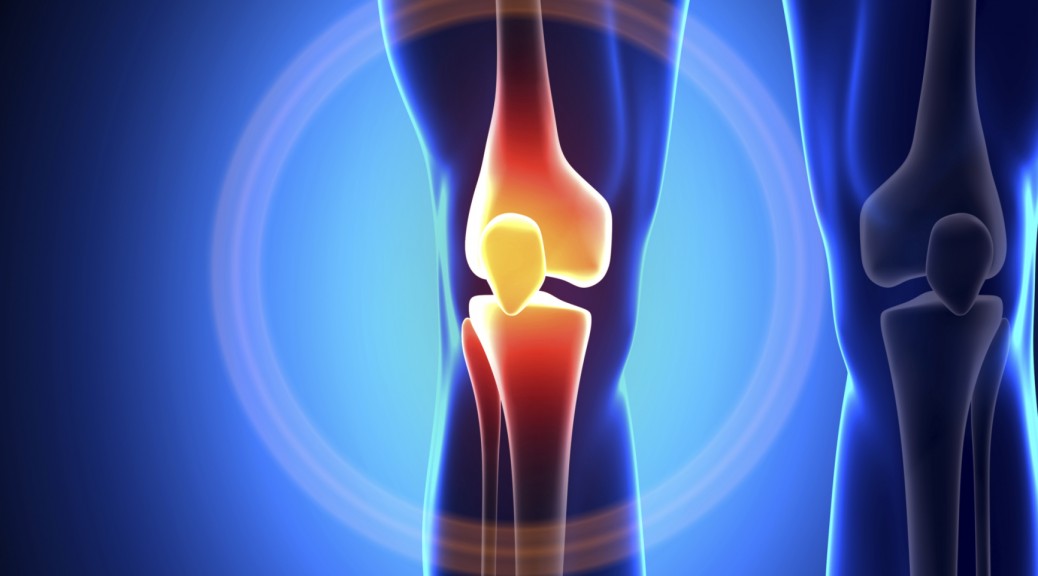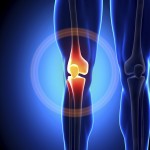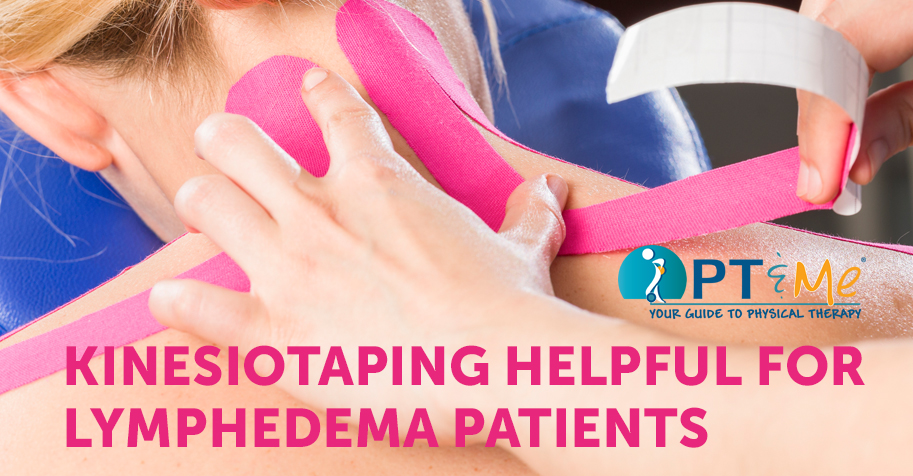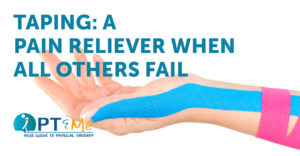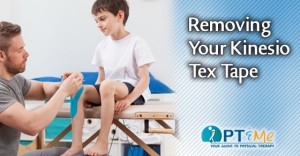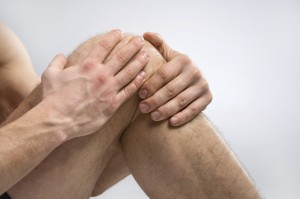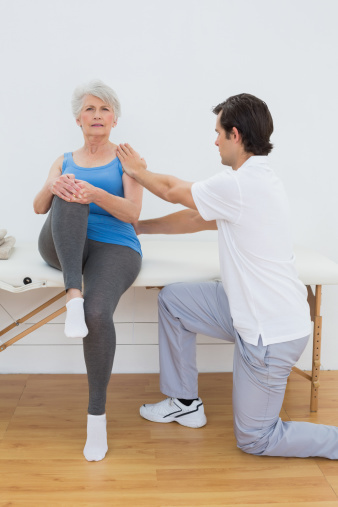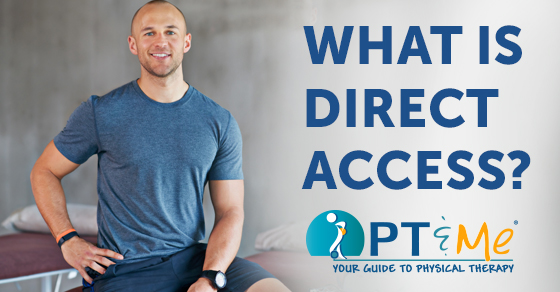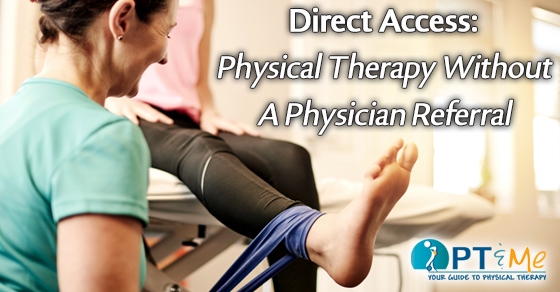This Month in PT News. Featuring articles from PTandMe partnering clinics.
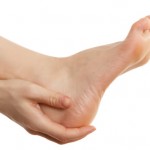
1. Raising Early Awareness of Flat Feet and Fallen Arches
Written by the therapy Team at The Jackson Clinics Physical Therapy
If the soles of your shoes show unusual wear patterns, one of the culprits might be the common condition of flat feet. Flat feet are normal in babies whose arches have not yet developed. The arch develops in childhood, and by the time you reach adulthood, a normal arch should be present. Read More
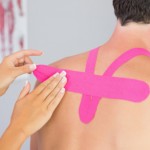
2. The Kinesio Taping Method: What’s It All About?
Written by Melissa Coon at ARC Physical Therapy+
Barb Lewis is an Occupational Therapist and Certified Hand Therapist who specializes in upper extremity and wound injuries. She is also a Certified Kinesio Taping Practitioner. In honor of Pain Awareness Month this September, Barb shares her expertise on Kinesio Taping and explains how it benefits patients. Read More

3. The Dual Role of Physical Therapy
Written by the therapy Team at Cornerstone Physical Therapy
A period of rest and recovery is essential after any injury, bwoman getting chiropracticut hip and pelvic fractures pose unique challenges. An extended period of bed rest is needed to allow time to heal. Reduced muscle tone and weakness may ensue. It can also result in a reduction in joint mobility. Physical therapy helps mitigate the effects of bed rest. Once a patient is weight bearing, a therapist can facilitate recovery using some of the following methods: Read More

